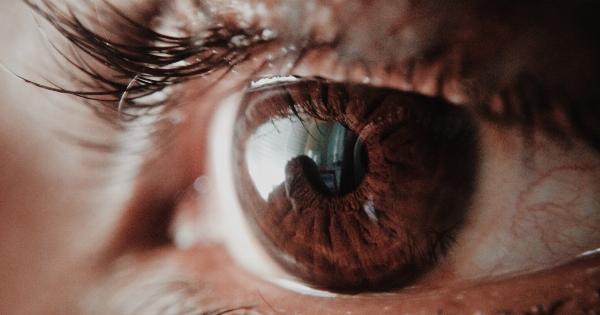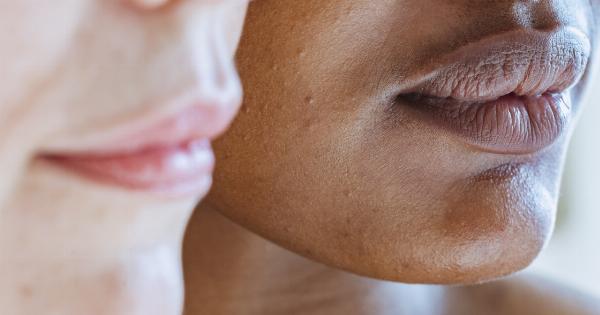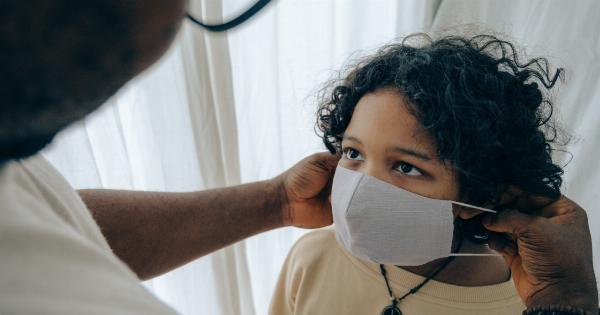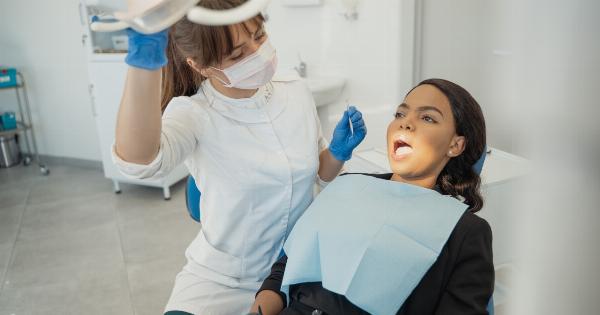Warts are small, tough bumps that commonly appear on the hands and feet, but can also develop on other parts of the body. They are caused by a viral infection known as human papillomavirus (HPV).
This virus is very common and affects around 7-10% of the population. Warts can appear at any age, but are more common in children and young adults.
Types of Warts
There are several different types of warts, each with their own distinctive appearance and location on the body.
Common Warts
Common warts, also known as verruca vulgaris, are often found on the hands, but can also appear on other parts of the body. They are rough to the touch and have a cauliflower-like appearance.
Plantar Warts
Plantar warts typically appear on the soles of the feet. They are flat and have a thick, calloused appearance. These warts can be painful, especially when walking or standing.
Flat Warts
Flat warts, also known as plane warts, are usually found in clusters on the face, neck, and hands. They are small and flat, with a smooth surface. Flat warts may appear in large numbers, and are often treated with laser removal or cryotherapy.
Periungual Warts
Periungual warts are found around the toenails and fingernails. They can be painful and lead to nail deformities if left untreated. These warts are often resistant to treatment and may require several sessions of cryotherapy or laser removal.
Transmission of HPV
HPV is highly contagious and can be transmitted through direct contact with an infected person or object. The virus thrives in warm, moist environments such as swimming pools and locker rooms.
Warts can also be spread through contact with contaminated objects such as towels, razors, or shoes. It is important to avoid touching warts or objects that may be contaminated with the HPV virus.
Risk Factors for Developing Warts
Anyone can develop warts, but there are certain risk factors that increase the likelihood of getting them. These include:.
- Being a child or young adult
- Having a weakened immune system
- Engaging in activities that involve going barefoot in public areas
- Participating in contact sports
Treatment for Warts
Most warts will eventually go away on their own, but treatment may be necessary to speed up the healing process and prevent them from spreading. Treatment options for warts include:.
- Cryotherapy – freezing the wart with liquid nitrogen
- Salicylic Acid – over-the-counter wart removal medications that contain salicylic acid
- Electrosurgery – burning the wart with an electrical current
- Laser Removal – using lasers to destroy the wart
Preventing the Spread of Warts
The best way to prevent the spread of warts is to practice good hygiene. This includes:.
- Avoiding touching warts or objects that may be contaminated with the HPV virus
- Covering warts with a bandage to prevent them from spreading
- Washing hands frequently with soap and water
- Avoiding sharing personal items such as towels, razors, or shoes
Conclusion
Warts are a common skin condition caused by the human papillomavirus, which is highly contagious. While most warts will eventually go away on their own, treatment may be necessary to speed up the healing process and prevent them from spreading.
To prevent the spread of warts, it is important to practice good hygiene and avoid touching warts or objects that may be contaminated with the HPV virus.



























